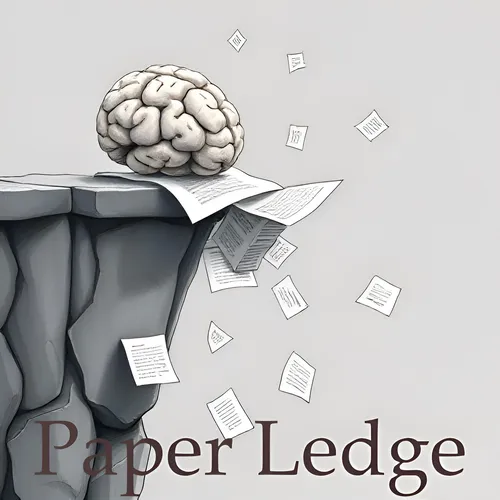Computer Vision - Exploring Superposition and Interference in State-of-the-Art Low-Parameter Vision Models
- Author
- ernestasposkus
- Published
- Tue 22 Jul 2025
- Episode Link
- https://www.paperledge.com/e/computer-vision-exploring-superposition-and-interference-in-state-of-the-art-low-parameter-vision-models/
Hey PaperLedge crew, Ernis here, ready to dive into some fascinating research! Today, we're cracking open a paper that's all about making computer vision smarter and more efficient, especially when working with limited resources. Think of it as teaching a tiny robot to see the world as well as a giant supercomputer, but without all the bulky hardware.
The researchers behind this paper were tackling a big challenge: how to build powerful image recognition systems using really small, lean neural networks. Now, a neural network is basically a computer program designed to mimic how our brains work. And in computer vision, these networks are trained to "see" and understand images.
These researchers focused on something called bottleneck architectures. Imagine a highway: it's wide and has lots of lanes (representing data) flowing freely. Then suddenly, the highway narrows to a single lane -- a bottleneck. Similarly, in these networks, the information is squeezed through a narrow "bottleneck" before being expanded again. This forces the network to learn the most important features of an image.
Now, here's where it gets interesting. They looked at how these bottlenecks perform when using some fancy activation functions (don't worry too much about the details). What they found is that in really small networks, something called interference can become a big problem.
Think of it like this: imagine trying to play multiple instruments at once. You might be able to make some noise, but it's unlikely to be a beautiful symphony. Similarly, in these networks, neurons (the building blocks of the network) are trying to encode multiple things at the same time, leading to confusion and reduced accuracy.
"Our research suggests that limiting interference can enhance scaling and accuracy in very low-scaled networks (under 1.5M parameters)."
The key takeaway here is that by carefully designing these bottleneck architectures to reduce interference, we can create much more powerful and accurate small neural networks. It's like teaching that robot not just to see, but to see clearly and efficiently.
So, what did they actually do? The researchers experimented with different types of bottleneck architectures, tweaking the design to minimize this "interference" problem. They discovered that certain design elements were particularly effective at reducing interference and improving performance.
Based on these insights, they created a proof-of-concept network called the NoDepth Bottleneck. This architecture is built on the principles they discovered and designed to minimize interference. And guess what? It worked! It showed excellent performance on the ImageNet dataset, a massive collection of images used to train and test computer vision systems.
In essence, they've given us a blueprint for building tiny, yet powerful, computer vision systems.
Why does this matter?
- For developers working on mobile apps or embedded systems, this research could lead to smaller, more efficient AI models that can run directly on devices without needing to rely on the cloud.
- For researchers, it provides a deeper understanding of how neural networks work and how to optimize them for resource-constrained environments.
- For everyone else, it means more intelligent and responsive devices, from smarter cameras to more efficient robots.
This research paves the way for more accessible and sustainable AI. It also opens up some interesting questions:
- Could these techniques be applied to other areas of AI, like natural language processing?
- How can we further reduce interference in even smaller networks?
- What are the ethical implications of having more powerful AI running on everyday devices?
These are the type of questions that always keep me up at night, and I am so curious to hear your thoughts on this research!
Credit to Paper authors: Lilian Hollard, Lucas Mohimont, Nathalie Gaveau, Luiz-Angelo Steffenel
